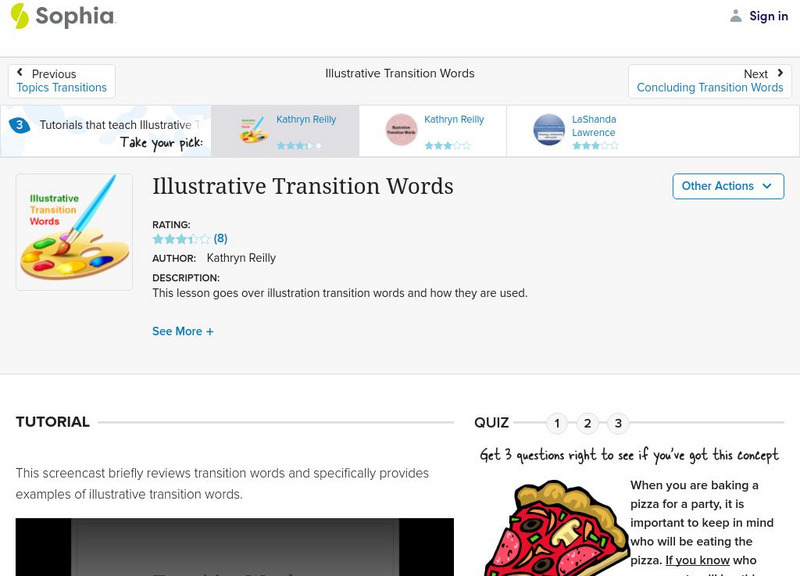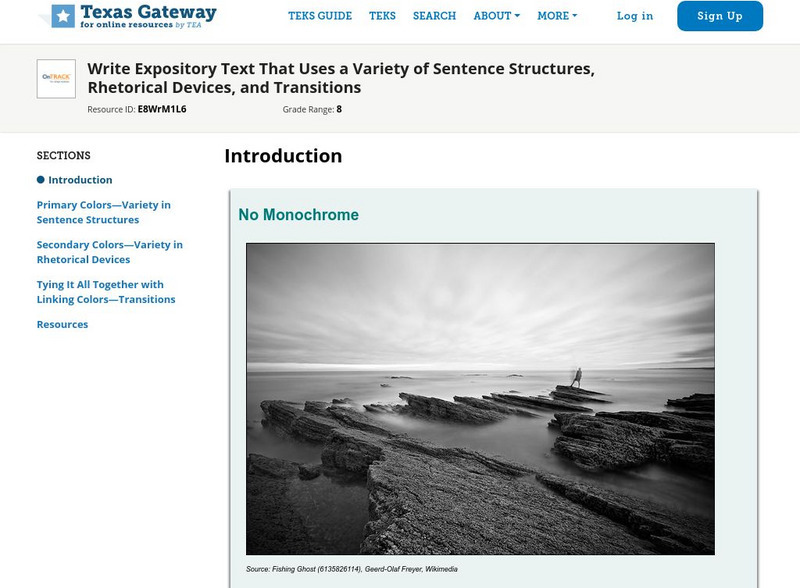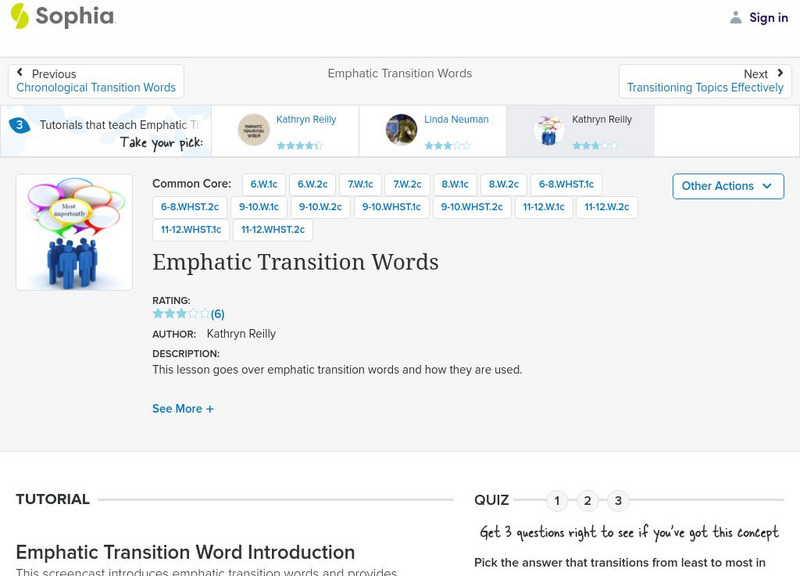Tell City Schools
The Cay
Support your instruction of The Cay by Theodore Taylor with this extensive unit of materials. Provided here are prereading activities, worksheets and discussion questions for the entire book, and reading quizzes that you can use to check...
Oakland Writes
Exploring Thematic Motifs in The House on Mango Street
Explore identity and community through an expository essay based on The House on Mango Street by Sandra Cisneros. This two-week unit on writing an essay provides a brief description of each day and all of the worksheets and...
Mr. Ambrose
The Great Gatsby, F. Scott Fitzgerald
Good discussion questions, quizzes, and tests teach as well as assess. Readers of The Great Gatsby will learn much from the materials in a 36-page packet designed to help students prepare for the AP Literature exam. Included in the...
Curriculum
Expository Writing
The beauty of the way this expository writing resource is structured is that the units can be presented as a complete writing workshop or sequenced throughout a course of study
Sophia Learning
Sophia: Concluding Transition Words
A screencast lesson [2 mins, 32 secs] introducing transition words used to conclude an idea and providing examples of how to use such transitions in concluding sentences. W.11-12.1c Transitions/Cohesion CCSS.ELA-Literacy.WHST.6-8.2.c
Texas Education Agency
Texas Gateway: Rhetorical Devices and Transitions (English I Writing)
[Accessible by TX Educators. Free Registration/Login Required] In this lesson, you will learn about Sam's three tricks: parallel structure, the rhetorical question, and transitional words and phrases.
Sophia Learning
Sophia: Transition Words
A variety of presentation formats including notes, a PowerPoint presentation, exercises, a game, and a video [1:46] explaining transition words and their function as well as providing examples of transition words to be used for specific...
Sophia Learning
Sophia: Illustrative Transition Words: Lesson 1
This lesson goes over illustration transition words and how they are used. It is 1 of 3 in the series titled "Illustrative Transition Words." [2:20]
Texas Education Agency
Texas Gateway: Sentence Structures, Rhetorical Devices, & Transitions
[Accessible by TX Educators. Free Registration/Login Required] The most effective expository and procedural texts contain rhetorical devices, transitional words and phrases, and a variety of sentence structures. Students will learn some...
Texas Education Agency
Texas Gateway: Rhetorical Devices and Transitions
[Accessible by TX Educators. Free Registration/Login Required] In this lesson, you will learn about two rhetorical devices that are writing performance enhancers, analogy and antithesis. You will also learn about transitional words and...
Texas Education Agency
Texas Gateway: Editing for Coherence and Transition
In this lesson, students will learn how to edit sentences so they move seamlessly from one to another within a paragraph; however, they can use the same methods to ensure that paragraphs move seamlessly from one to another in an entire...
Sophia Learning
Sophia: Emphatic Transition Words: Lesson 1
This lesson goes over emphatic transition words and how they are used. It is 1 of 3 in the series titled "Emphatic Transition Words."
TES Global
Blendspace: Transition Signals
A 15-part learning module on transitions, the different types, and how to use them effectively in writing, with links to videos, websites, texts, slides, images, and a quiz.
Sophia Learning
Sophia: Concluding Transition Words
This lesson goes over conclusion transition words and how they are used. It is one of three titled "Concluding Transition Words."
Sophia Learning
Sophia: Cause and Effect Papers: Key Elements: Lesson 2
This lesson goes over words, phrases, and key elements that are included in cause and effect papers. It is 2 of 2 in the series titled "Cause and Effect Papers: Key Elements."
Sophia Learning
Sophia: Argumentative Papers: Key Elements: Lesson 2
This lesson goes over words, phrases, and key elements that are included in argumentative papers. It is 2 of 2 in the series titled "Argumentative Papers: Key Elements."















